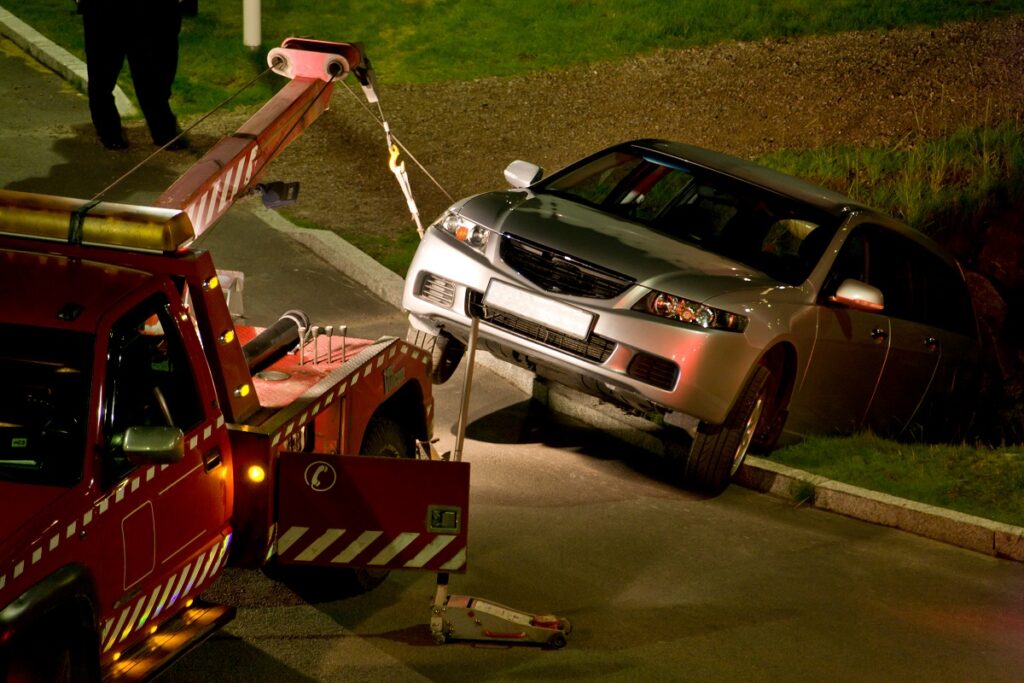- Road accidents cause significant death and injury in the U.S., impacted by distracted driving, speeding, and poor road conditions.
- Laws like seat belt usage, DUI/DWI, texting, vehicle safety, and pedestrian/cyclist protection aim to reduce accidents.
- Seat belts, which saved almost 15,000 lives in 2019, are mandatory in most states due to their proven effectiveness.
- DUI/DWI laws, texting and driving laws, and vehicle safety laws are enforced strictly, with severe consequences for violations.
- In an accident, it’s crucial to contact a lawyer, call the police, seek medical attention, and document the incident.
Road accidents are one of the leading causes of death and injury in the United States. According to recent data by the National Safety Council, there were approximately 46,000 deaths and 4.5 million injuries in motor vehicle accidents in 2021. To grapple with this issue, federal and state governments are implementing several laws, regulations, and policies to ensure road safety and reduce the number of vehicular accidents. Here’s what you need to know about car accidents in the U.S., laws protecting you from them, and what you should do if you ever get into an accident.
Car Accidents in The U.S.
As stated earlier, thousands of deaths occur due to car accidents in the U.S. every year. These accidents can have a devastating impact on families, emotionally and financially. They can also affect individuals suffering from serious injuries requiring long-term medical care or permanent disabilities.
Despite modern advancements in vehicle safety, road accidents continue to occur due to several factors, such as the increasing use of smartphones.
Laws and Regulations for Road Safety
To reduce the number of car accidents, federal and state governments have put several laws and regulations in place. Here are some of them:
1. Seat Belt Laws

Seat belts have proven to be an effective measure in preventing fatalities and severe injuries in the event of a crash. Therefore, most states have enacted seat belt laws requiring passengers and drivers to wear seat belts while driving. The National Highway Traffic Safety Administration (NHTSA) reported that in 2019, seat belts saved about 14,955 lives. Seat belt violations can lead to hefty ticket fines and negatively impact driving records.
2. DUI and DWI Laws
Driving under the influence (DUI) and driving while intoxicated (DWI) laws are stringent to prevent drunk driving accidents. The blood-alcohol content (BAC) level for drivers has been considerably reduced over the years to minimize fatalities and injuries. According to the NHTSA, nearly one-third of all traffic fatalities in the United States involve drunk drivers. Violators can face severe legal consequences, including imprisonment, fines, license suspension or revocation, and mandatory alcohol education.
3. Texting and Driving Laws
Distracted driving has increasingly become a challenge. Many states have enacted phone/texting while driving laws to curb such behavior. Recent studies from NHTSA showed that 2,841 deaths in 2018 were caused by distracted driving. Violators can face fines, legal charges, and impact on driving records.
4. Vehicle Safety Laws
Several laws and standards have been implemented to enhance vehicle safety features, such as airbags, antilock brakes, and electronic stability controls. The National Traffic and Motor Vehicle Safety Act of 1966 sought to improve the safety standards of all vehicles on American roads through testing regulations, recalls, and safety standards. This has been updated over time. Standards such as electronic stability control became mandatory in all new vehicles post-2012. Manufacturers found between violations will face fines, legal consequences, or both.
5. Pedestrian and Cyclist Protection Laws
Traffic laws are implemented to provide safety for all persons when using the road. Vehicle operators must obey traffic laws and rules concerning pedestrians and cyclists. Pedestrian crosswalk signals and cycling marker lanes have been installed in cities and towns to curb cyclist and pedestrian accidents.
What to Do If You Get Into A Car Accident
No one ever wants to get into a car accident, but if it happens, here are some essential things you should do:
Contact Your Lawyer
It’s important that you first contact your lawyer after a car accident. They will advise you on your rights, what to do and say, and dealing with insurance companies. This is why you need to find an experienced car accident lawyer to help you. The lawyer can also help you build a case if necessary.
Call the Police
Regardless of how minor an accident may seem, it’s essential to call the police and report the incident. The police will document vehicle damages, injuries, and witness statements.
Seek Medical Attention
Even if you feel fine after an accident, it’s crucial to get checked by a medical professional. Some injuries may not be apparent immediately, and seeking medical attention is essential for your health and well-being.
Document the Accident

Take photos of the accident scene, vehicle damages, and injuries if possible. You can also gather information from witnesses, including their names, phone numbers, and statements.
Road safety is a shared responsibility. Despite the numerous laws and regulations to reduce accidents and protect motorists, pedestrians, and cyclists, everyone must take proactive steps to ensure safe driving practices. By adhering to speed limits and not driving under the influence of alcohol or drugs, we can significantly reduce preventable accidents. In the unfortunate event of an accident, knowing your rights and the steps to take is essential. No one ever wishes to experience a car accident, but being prepared and knowledgeable can make a significant difference should one occur.


